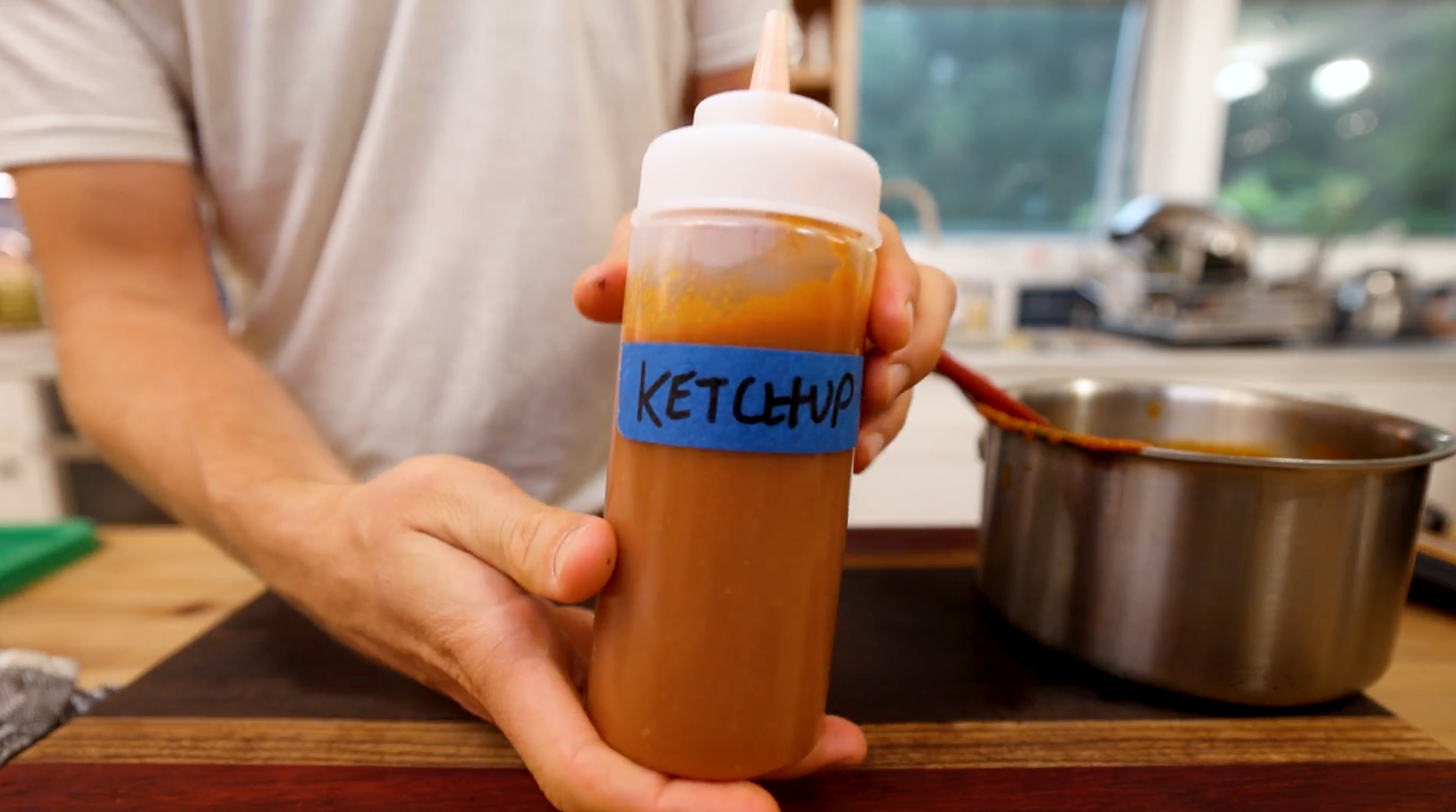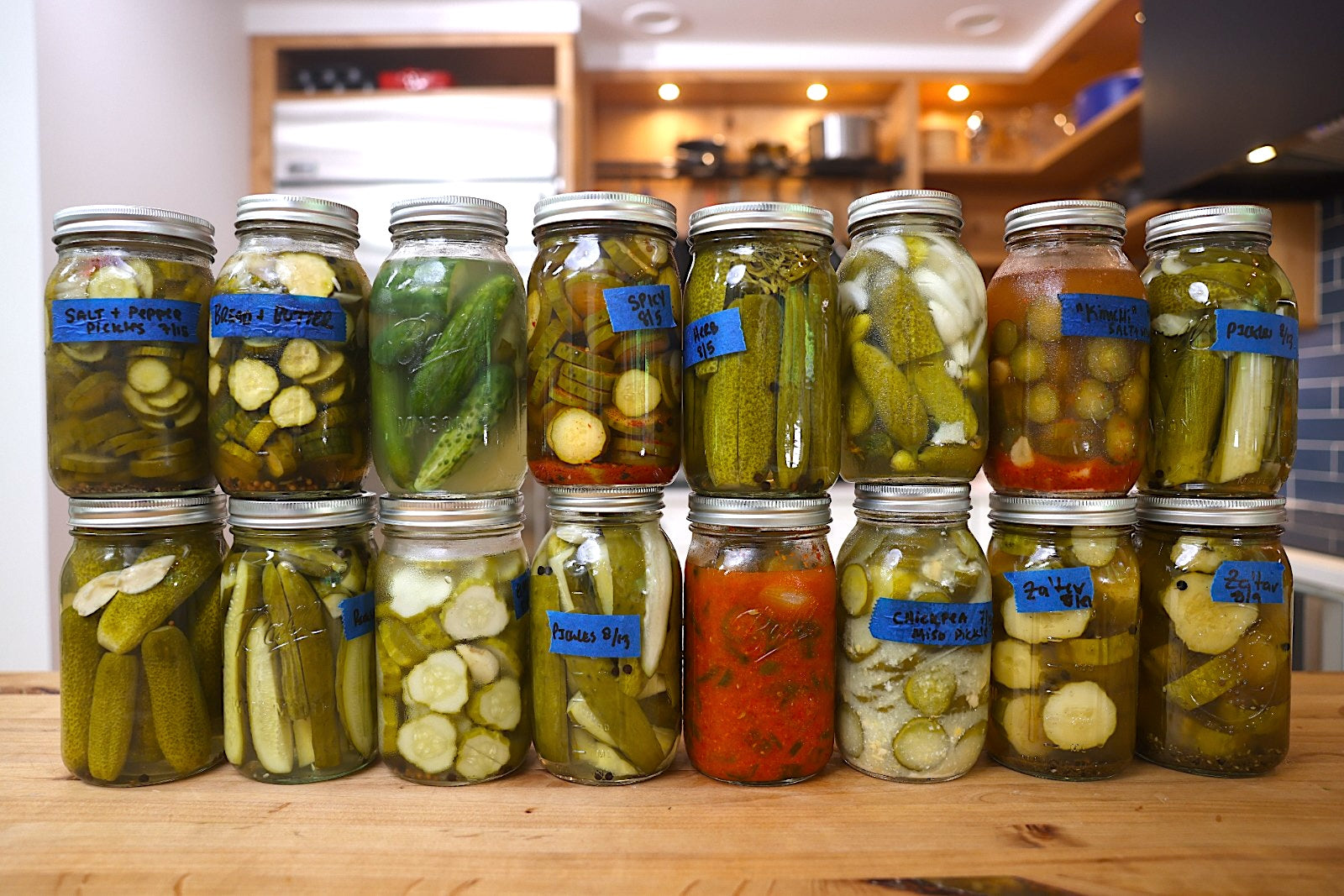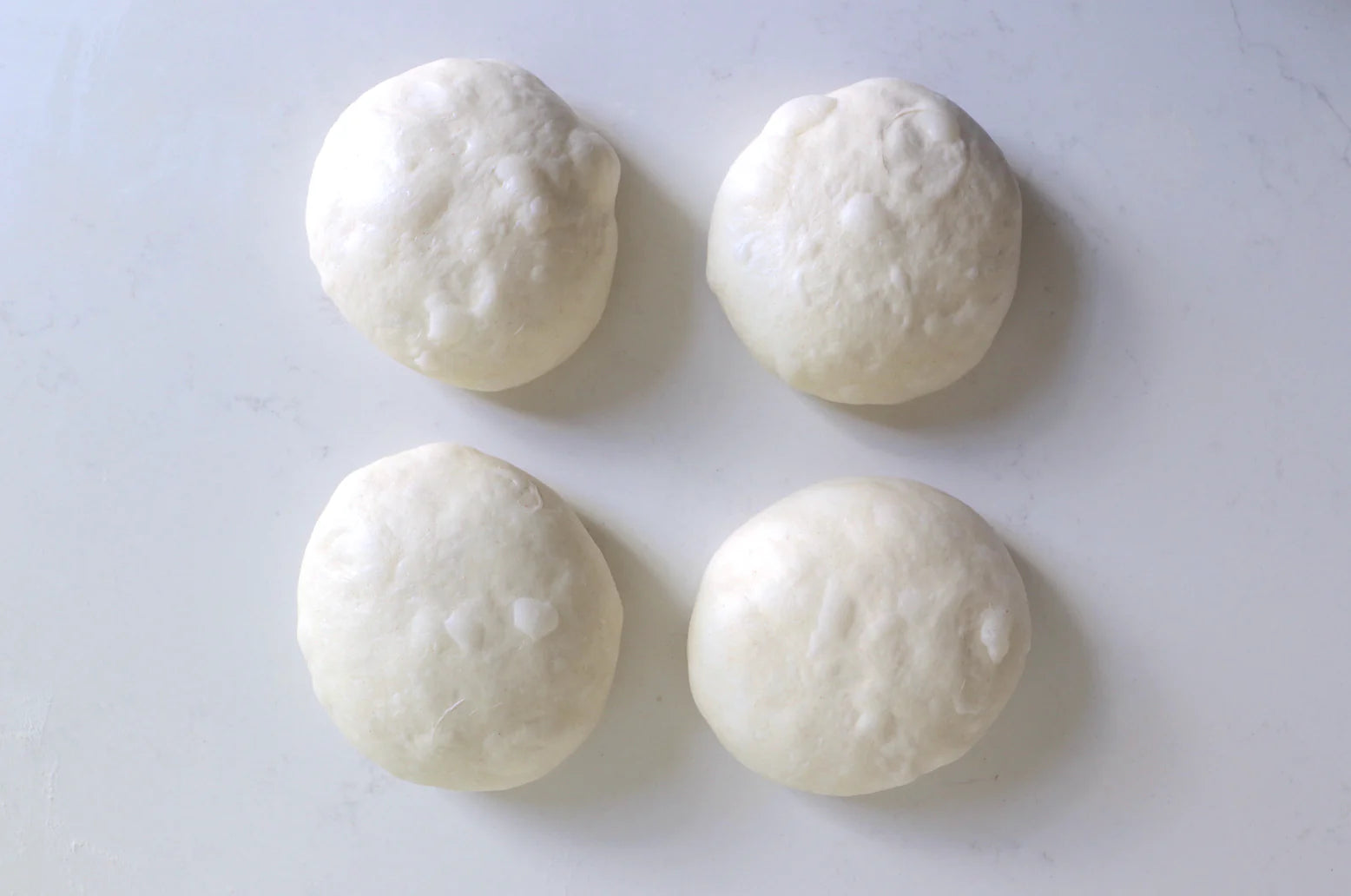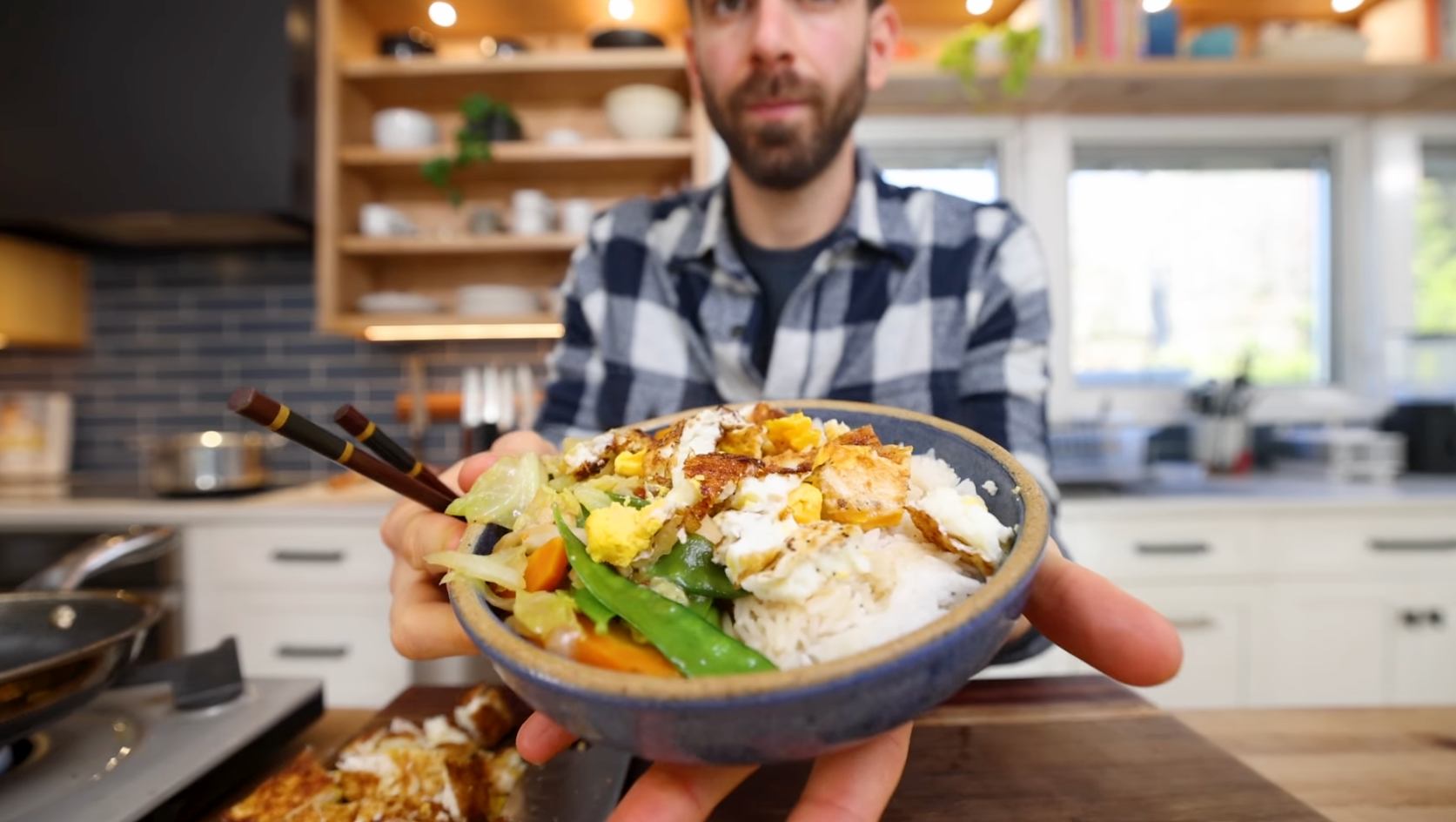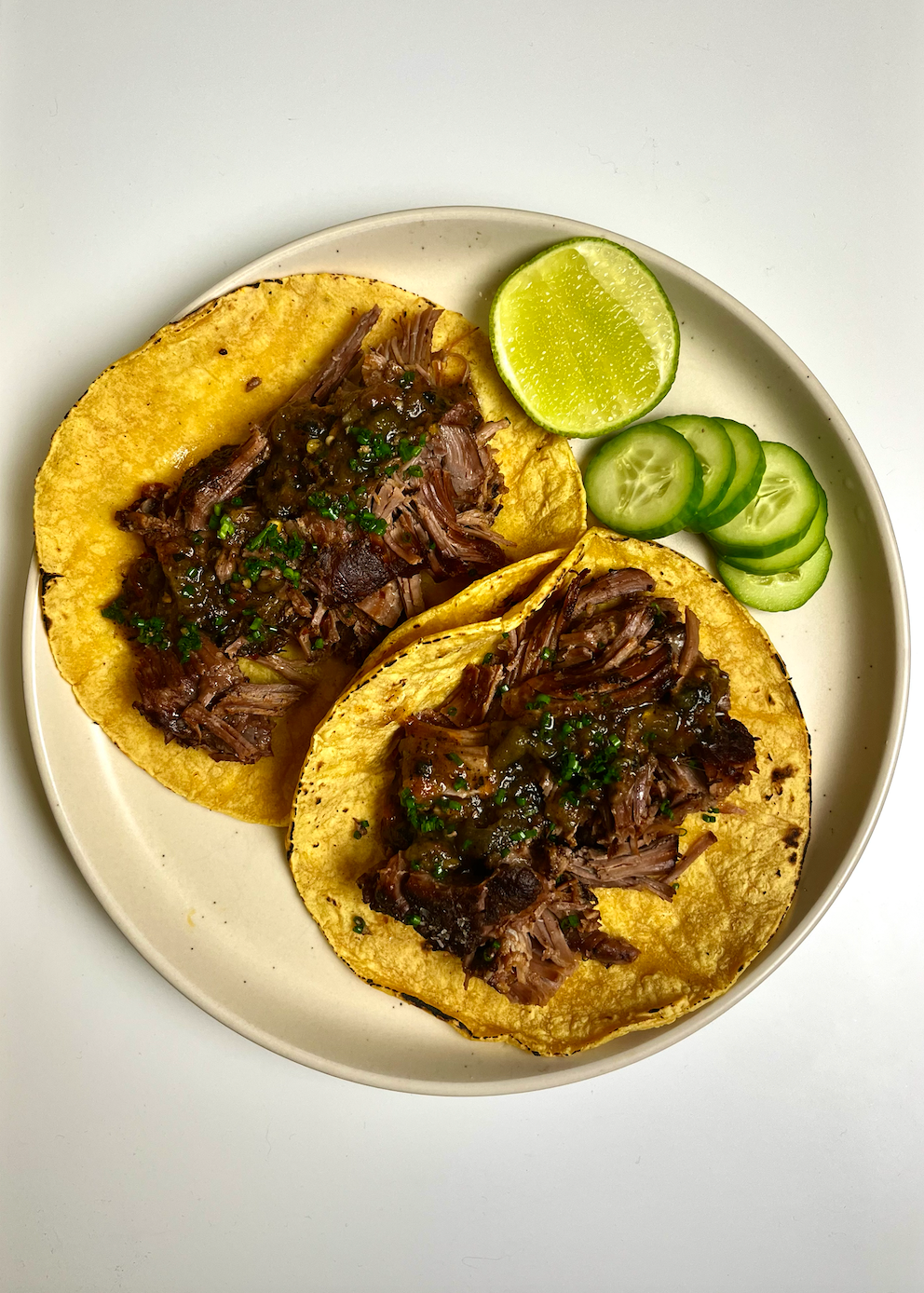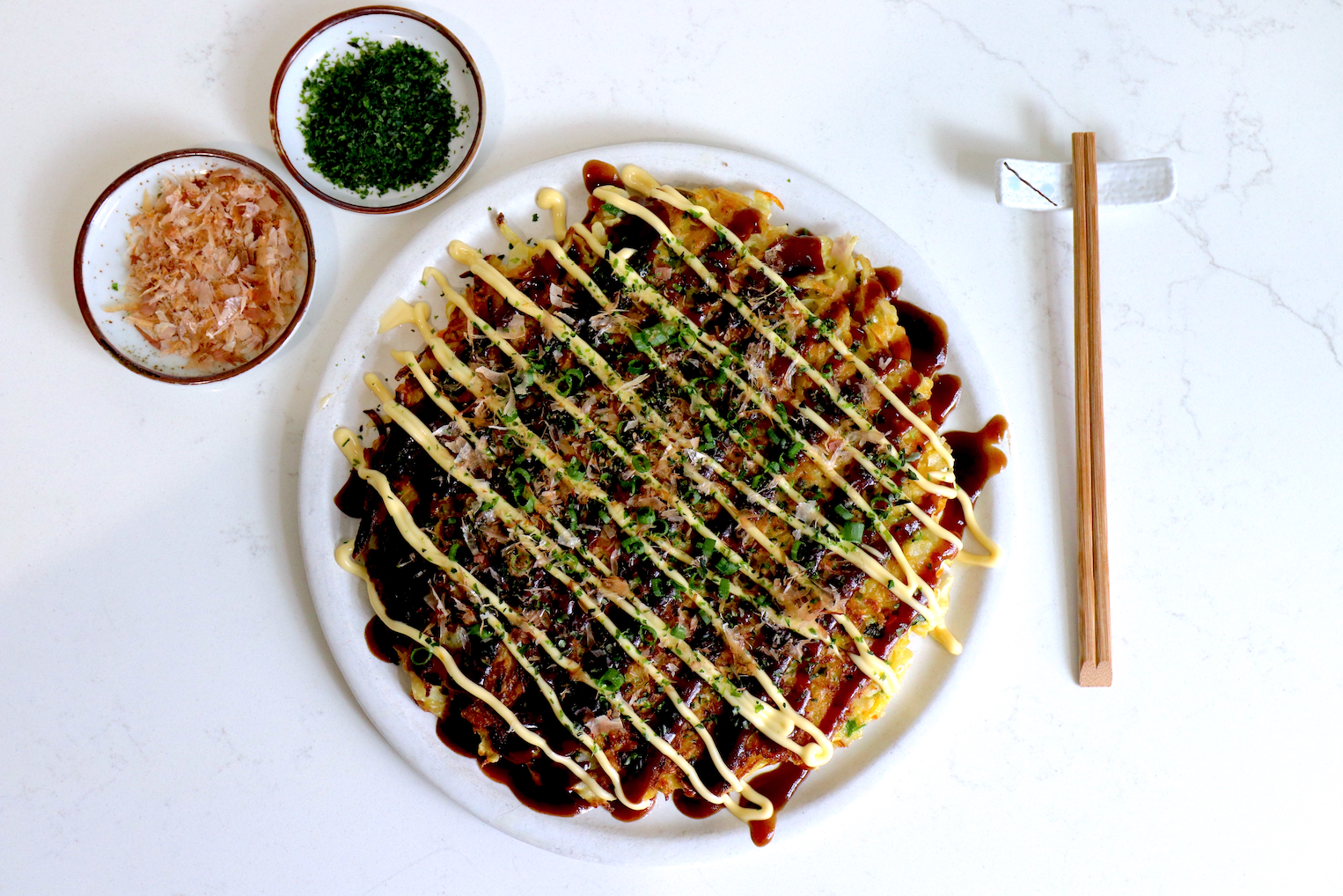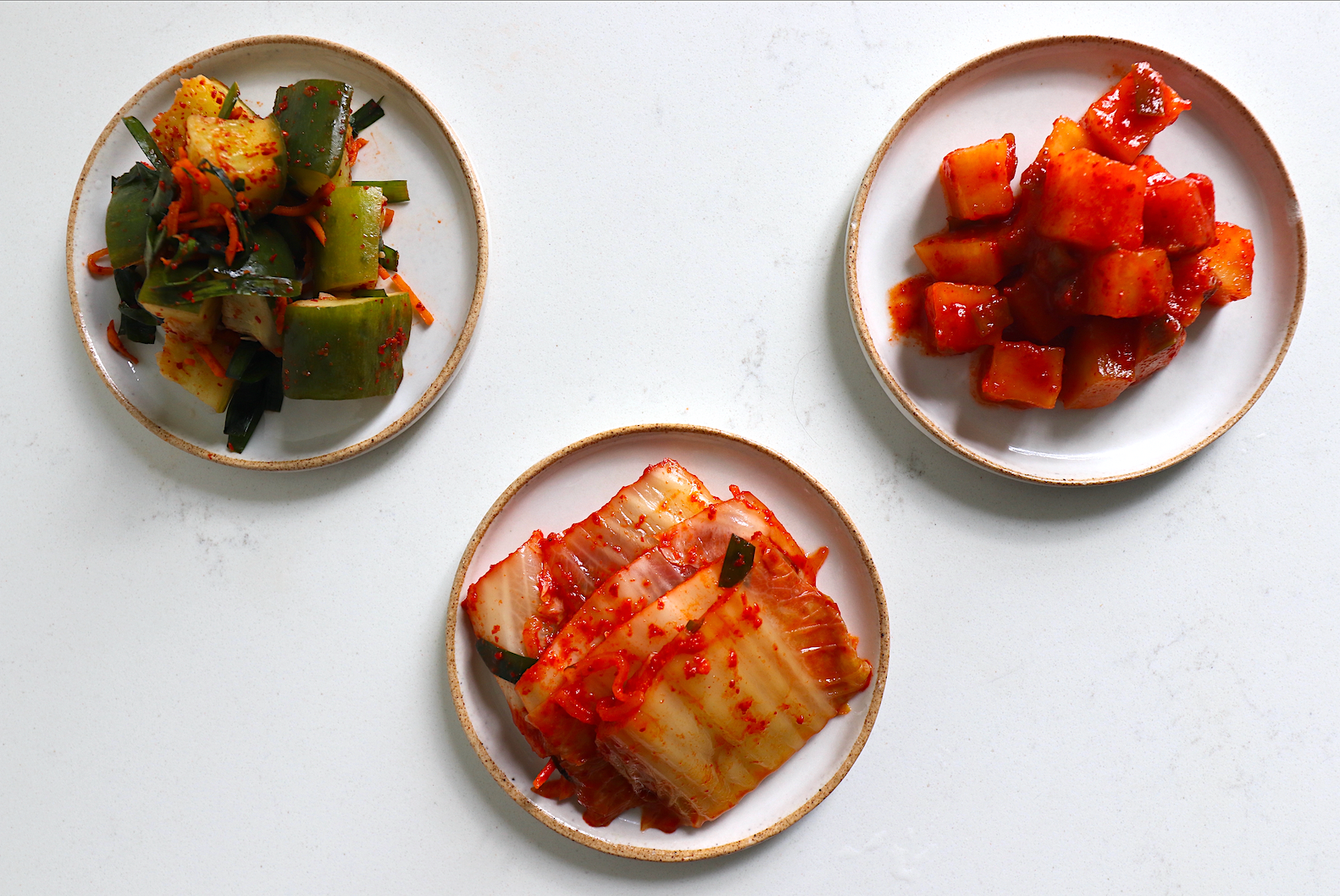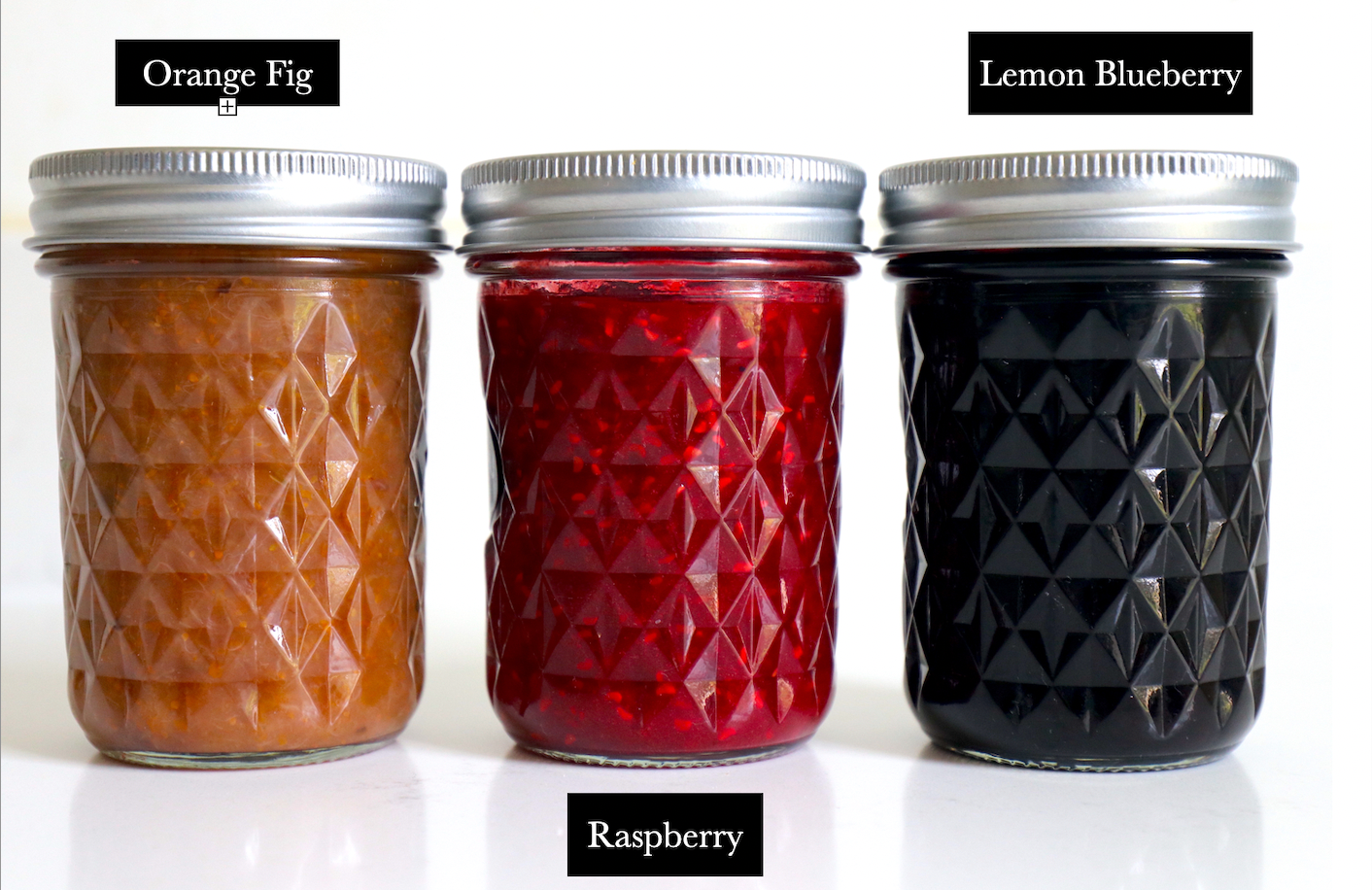
How To Make Jam For Beginners
By Alex C
Senior Food Writer at Pro Home Cooks
When there was no canned foods or freezing available, making preserves such as jam was a way to store fresh produce. Once preserved the jam can be eaten throughout the year when fresh fruits and vegetables are scarce. But even though technology has advanced and we no longer need to preserve our fruits, we still love to eat jam! Can you imagine a biscuit without clotted cream and jam? I definitely cannot!
Making jam is a process that involves transforming fresh fruits (whole, chopped, or pulped), sugar, and often an acid (such as lemon juice) into a thick, sweet spread. The process typically involves cooking the mixture long enough to allow natural pectin and sugar to thicken and preserve the fruit.

There are four things that make a jam shelf stable and they are pectin, sugar, acid, and heat. Let's start off with pectin. Fruits naturally contain a setting agent called pectin.Pectin is released during cooking, but different fruits contain different amounts of pectin. The more pectin there is, the easier and quicker your jam will set. The quicker the jam sets, the shorter the cooking time and the fresher flavor you’ll have. Some fruits like apples, citrus peel, blackberries, and red currants are very high in pectin while others like strawberries, peaches, mango, pineapple, watermelon and bananas are very low in pectin. However, studies have shown that unripe fruit high in pectin will have a higher amount of pectin than the same fruit that has ripen. So depending on the variety of fruit you choose and its ripeness, it will affect the amount of pectin there is.

In order to have your jam set there are a few things you can do. One is to mix a high pectin fruit with a low pectin fruit. You can have delicious combinations such a berry medley (strawberry, raspberry & blackberry) or peach plum. The second option you can do is to add pectin powder! This will increase the amount of pectin needed to jell the fruit without having to add in other fruit flavors.

Next up is acid. Despite the delicious bright flavor that a good squeeze of lemon does to jam, it actually serves a purpose in jam making. Pectin requires a slightly acidic environment to gel properly so in order to achieve this, a good squeeze of lemon juice will do the trick to lower the pH and help release that all-important pectin. Lemon juice also helps preserve the fruit too!
Sugar is up next and it's a very important ingredient in making traditional jams for a few reasons. One is for the sweetness it brings but also because sugar helps set the jam and preserve it. It also helps to stop the pectin from breaking down as the fruit is being cooked. And lastly, we need to talk about heat. The heat does two things. One, it causes the pectin to activate and bond with the sugar resulting in a thicker more jam-like consistency. Two, once the mixture has started to simmer or boil the excess water will start to evaporate concentrating the fruit flavors.
After about 20 minutes of cooking, you can check if your jam is ready by performing what is called the wrinkle test. Place a cold plate in the freezer for a few minutes just to get cold. Next, grab a small spoonful of jam and drop it on the cold plate. Let it cool down. Once cooled, push the jam with your finger and if it wrinkles and holds its shape then it's ready to be jarred! If not, continue cooking it for another 5 minutes before performing the wrinkle test again.

The key to successful jam making is finding the right balance of sugar, pectin, acid, and cooking time to create a delicious, properly set jam. Different fruits might require slight adjustments here and there depending on the types of fruit you use, the ripeness, and if you choose to add any added pectin. Experimenting with flavors and techniques can lead to some delicious unique homemade jams and what better way to store your fresh fruits than by having them available all year long.

TOP ARTICLES
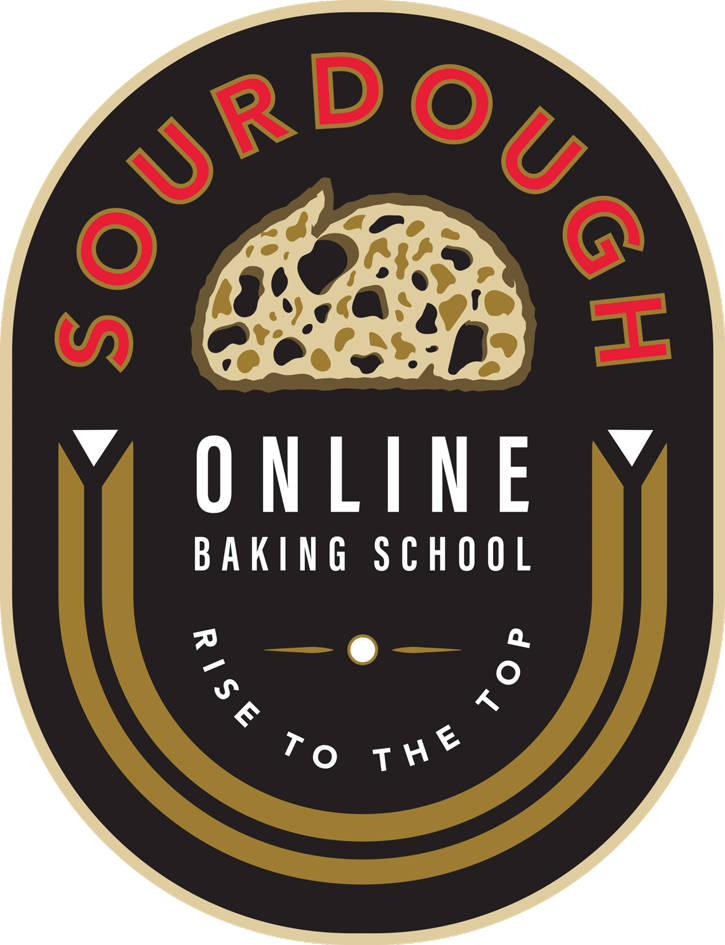
Sourdough Baking School
Master the art of sourdough bread baking in the most comprehensive baking class on the internet. This class features over three hours of baking content to help you start your sourdough journey.
See More


